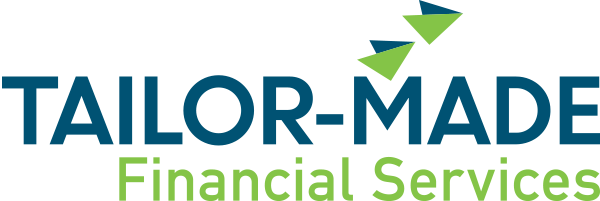Self Managed Superannuation Fund 
Why consider a Self Managed Superannuation Fund (SMSF)?
For individuals with fairly substantial wealth – professionals, business people, retirees and people approaching retirement – SMSFs can be attractive and have grown substantially in the last decade and now occupy a large segment of the superannuation industry.
Also known as DIY super, these structures provide an alternative to retail, industry or employer super funds and offer the opportunity for greater individual choice and flexibility.
With offices in Milton – Ulladulla, Batemans Bay and Bowral, contact us to arrange a meeting with one of our Self Managed Super Fund Specialist Advisers.
What are some of the benefits?
A SMSF gives you much greater flexibility over your investments which could include direct shares, property, cash, term deposits, government bonds etc. Besides this flexibility, other advantages may include:
- Control & transparency– you have control over where your retirement funds are invested and increased transparency.
- Potentially lower costs– depending on the total fund balance and the degree of direct
investments you may be able to significantly reduce your ongoing administration and investment costs.
- Tax effectiveness– by having greater control over the purchase and sale of assets you can
carefully manage the tax implications as well as better manage potential Capital Gains Tax.
- Estate planning– your SMSF can be structured to provide effective estate planning.
- Effective insurance– more flexibility with the choice of insurance providers.
- Borrowing to invest– SMSFs are permitted to borrow to purchase assets such as direct property but very strict procedures and rules are applied.
Superannuation is becoming the largest asset for many Australians, often exceeding the value of the home. Therefore, it is critical that this wealth is managed in the most effective manner possible.
Superannuation is becoming the largest asset for many australians, often exceeding the value of the home. Therefore, it is critical that this wealth is managed in the most effective manner possible.
How does a SMSF work?
The difference between SMSFs and other professionally managed super funds is that the members of the SMSFs are also the trustees – they are responsible for the investments and payments of benefits to all members of the fund.
Trustees need to understand their responsibilities and investment restrictions for an SMSF. The Superannuation Industry (Supervision) Act (SiS Act) stipulates a range of requirements that trustees must comply with. These rules include the sole purpose test which requires that superannuation monies are for the sole purpose of providing funds for members in retirement or in the case of the death of the member, to their nominated beneficiaries. There are also rules to limit buying certain assets from related companies, trusts and people.
A SMSF will typically have the following features:
- it has a trust deed that meets the requirements of the SiS Act
- has four or less members
- each member is a trustee or director of a corporate trustee
- no member of the fund is an employee of another member unless they are related
- no trustee receives remuneration for their services as trustee
- the fund needs to apply for an ABN and TFN
- the fund needs to elect to be regulated by the SIS Act in order to receive concessional tax treatment
- a bank account is required to be established
- if direct shares are going to be part of the investment portfolio, then a share account is required to be opened with a broker
- financial statements are required to be produced each year, a tax return lodged and the fund audited by an independent auditor.
CASE STUDY
The Situation
Sarah and Tim are 61 and 65 respectively and both have recently retired from the workforce. They each have their superannuation within a retail super fund. Sarah has built up $550,000 due to an inheritance she received five years ago while Tim has $400,000. on average their annual fees for their existing super funds are 1.80% pa.
They want more control over their investments and want to maximise their retirement income. They are happy to pay fees but only if they are reasonable and add value. Sarah likes the idea of term deposits while Tim is keen on investing in blue chip shares and has heard you can buy property through superannuation.
The Advice
After several meetings and based on written advice, it is agreed that a SMSF will be established using a corporate trustee with both Sarah and Tim as directors.
Once established, a bank account is set up that acts as the transaction hub for the SMSF. The adviser assists Sarah and Tim to transfer their existing superannuation funds over into the SMSF – at the same time, implementing various strategies to minimise tax and ensuring they maximise any Age Pension entitlements.
The benefits of binding death benefit nominations versus reversionary pensions were discussed along with the advantages of adopting a corporate trustee. it was also recommended that Sarah and Tim review their overall estate planning arrangements with their solicitor.
Diversified Investment Portfolio
A share broking account in the name of the SMSF is set up and the adviser looks after the implementation of all the recommended investments including blue chip shares as well as term deposits. A diversified portfolio of defensive (terms deposits, cash) and higher growth assets is selected (Australian shares) which provide comfort and transparency to both Tim and Sarah and are reviewed regularly with their financial adviser.
It is decided against any investment property decision at this stage due to a concern about liquidity and diversification. nevertheless, this is still an option that is available over time.
Note: The case study is illustrative only and is not an estimate of the investment returns you will receive or fees and costs you will incur.
Your next step? Call us now to secure your appointment and start your journey to Financial freedom -Locations and contact details can be found at the bottom of this page.
